- Blog
- Tips & Guides
- A Guide to Referral Marketing Systems
A Guide to Referral Marketing Systems
Referral marketing leads convert 30% better than leads that derive from other marketing channels—and they have a longer lifetime value.
It’s become a much-used strategy by companies, many of whom use referral marketing systems to help them run their referral marketing campaigns effectively. The global referral marketing software market has grown considerably and looks set to grow further.
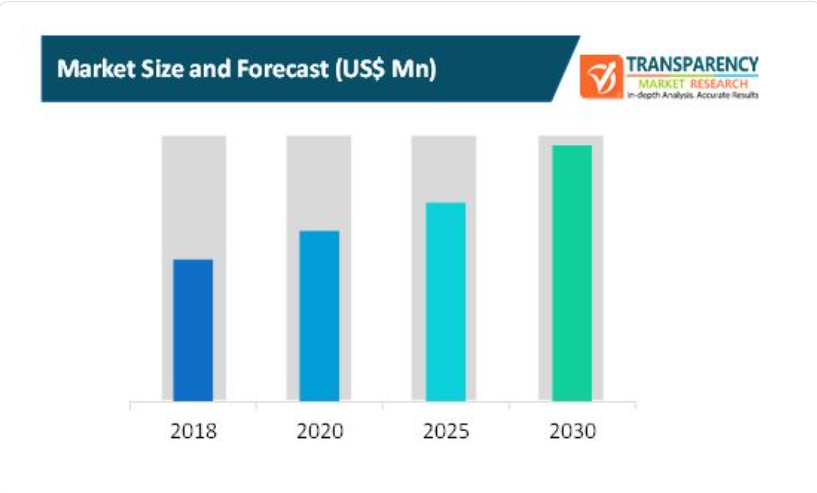
Image source
What is Referral Marketing?
You’ve probably heard of referral marketing, but may not fully understand what it is and how it works. Put simply, referral marketing involves motivating your favorite customers to share your business with their friends, family, and peers, typically for an incentive.
It’s a way to grow your business quickly and cost-effectively. Referral marketing is similar in many ways to affiliate marketing, but it tends to happen organically. It’s essential to have a carefully planned referral marketing strategy in place (a referral program) so you can track your progress.
How Does Referral Marketing Work?
While referral marketing does often involve some form of reward for recommending your business via word of mouth, that’s not always the case. Incentives in the form of gift cards, discounts, and the like can motivate customers to share. At other times, referral programs offer just the intrinsic benefit of helping a friend enjoy the same experience of a great product or service.
Like social sharing, referrals are driven by word of mouth which is why the strategy is so successful. People are more likely to be interested in products recommended by someone they know than by anything else, including advertising.
Referral systems are designed to enable satisfied customers to share their good impressions of your company with their friends. When they do so, their friends become new customers and your business grows.
Leads vs. Referrals
Both leads and contacts can help you to grow your business, but there are important differences between the two. They differ in terms of profile, approach, and their outcomes.
When it comes to leads:
- Leads are unqualified contacts that may not even be in the market for your products or services. Attracting leads to your business takes time and effort by your marketing and sales team.
- Leads are not easy to attract, many companies invest heavily to obtain them
- The closing rates arising from leads is usually quite low due to the above factors
Referrals, on the other hand, come directly from customers or contacts who give you the details of a friend or family member who could enjoy the benefits of your products or services. If your customer thinks you are the best VoIP provider, for instance, they’ll be happy to pass this on to a friend seeking a new telephony solution.
Referrals have the important “stamp of approval” of the referees. They know your brand and are receptive to being contacted in order to pass on their recommendations.
Referrals are:
- Qualified and offer true opportunities to help you grow your business
- Require significantly less time to pursue than leads
- Have high close ratios
- Bring in customers with higher retention rates
How to Build a Customer Referral Program
Start with customer referral templates
Whether you’re a seasoned referral machine or getting started with referral marketing, templates can be an invaluable tool. You can adjust them to fit the tone and style of your brand and make them accessible to anyone in the company that needs them.
There are plenty of free templates available to help you send out referral requests, create follow up emails, supply social copy around your company’s referral program, and more.
Set your goals
Work out what you want out of your referral program. Do you want more reach and revenue by increasing your customer acquisition, or do you want to increase retention rates? Are you in a sector that relies on a large amount of trust building to succeed?
Once you know what you’re aiming at with your referral marketing, take some time to write your goals down. The more concrete your goals, the easier it will be to take the next steps.
Research how referrals are coming to your business
If referrals are coming into your business already, this is a good place to start in terms of where you should put your marketing efforts. Involve everyone from sales to support and anyone else involved in building customer relationships by asking them how they’ve been dealing with the referral process so far.
Aim to understand how much an existing customer is worth. Take into account the time you spend monitoring and managing your current onboarding programs, and identify your break-even point. Referred customer lifetime values tend to be higher than those of customers who haven’t been referred, so take some time to calculate how much referrals could generate for you—and adjust your marketing to match this.
Determine what a “good fit” is for your company
Before asking customers to look for referrals, you need to know what your ideal customer looks like. By doing so, you’ll ensure that existing customers will refer “hot” leads to you. Meaning those that intend to actually buy from you, in contrast to supplying you with leads that will never convert.
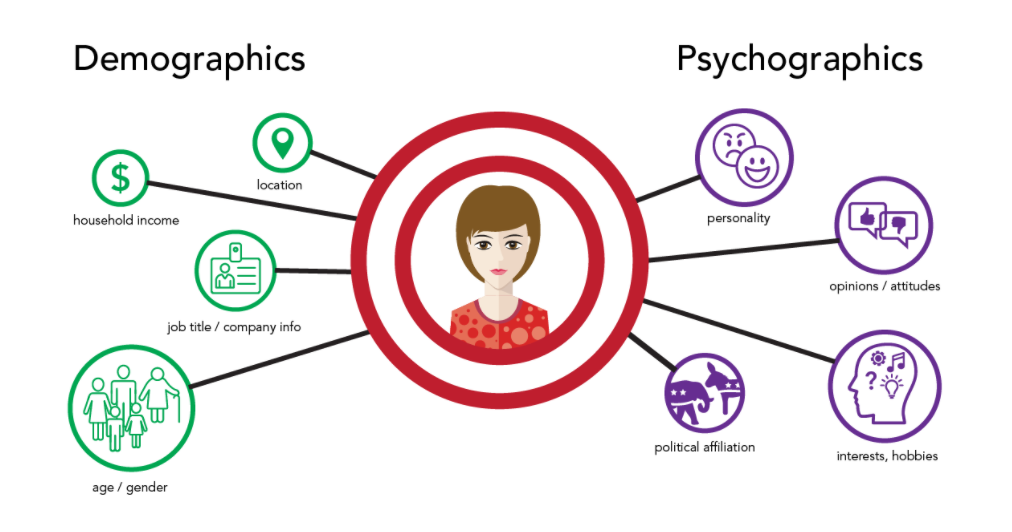
Image source
Place clear descriptions of what you consider to be your “ideal fit” customers at the beginning of your customer referral program. If you have a form for customers to fill in, put this information at the top of the form.
Participants will be reminded that you’re looking for specific types of individuals who genuinely have a need for your ecommerce products or SaaS services, rather than a friend who has just a general interest in your business.
List possible customer referral sources
Referral sources could be loyal customers to whom you’re currently connected, or customers you’ve had a connection with in the past. Make a list and include existing customers, past customers, leads you didn’t close, vendors, and so on. This should give you a firm foundation to get started with.
Identify channels to host your referral program
In order for your referral program to be successful you’ll need to adopt a robust platform like Affixe Reach. This will enable streamlined communication to alert both you and a referred customer when a referral is submitted, and better track the program’s overall progress.
Make a plan to reach out
Once you’ve identified a list of potential advocates, narrow them down and create an “inner circle” of contacts. These individuals are people who value your business and its offerings and would be happy to recommend you without an incentive.
You can’t automate this part of the process, it’s more beneficial if you can source and sort these contacts manually.
Identify the right times to ask these contacts if they would like to take part in your referral program. This shouldn’t be too difficult since you’ve dealt with them before. When thinking about the incentive you intend to offer customers, consider the type of relationship you have with them.
Depending on the products or services you sell, you may have to wait until you’ve established a firm relationship with customers. At other times you may be able to offer them incentives early on, in the form of apps, white papers, or API services.
Once you’ve asked individuals to be part of your program, leave things for a while before you follow up.
Identify your referral incentives
Whether you decide to offer your contacts an incentive or not, make sure they benefit in some way by referring you. Divide contacts into those who get certain referral rewards and those who get others.
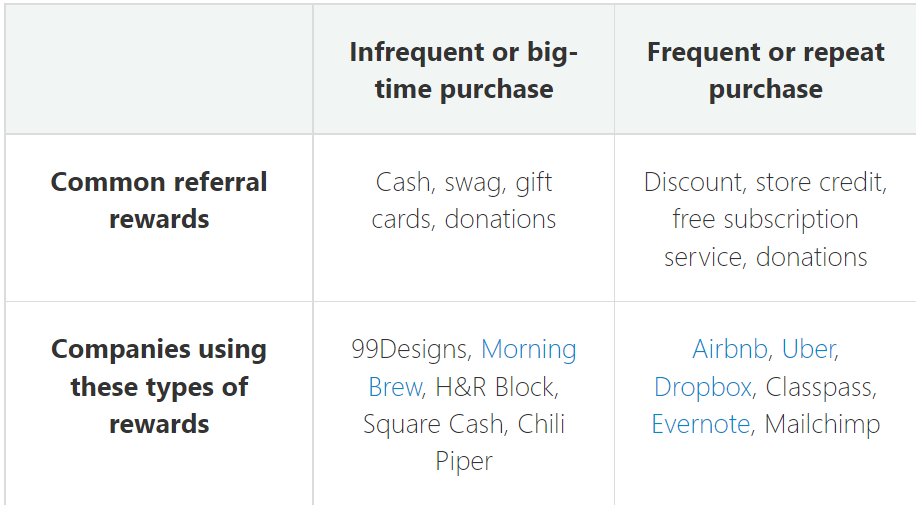
Image source
Create resources to alert your customers
With a referral program in place, it’s time to create resources you think your contacts will respond to in order to promote your program. Consider all your options and marketing channels when it comes to increasing brand awareness, including:
- Blogs
- Newsletters
- Emails with signatures and CTAs
- Product updates
You can start preparing your resources once you’ve outlined the kind of referral programs you’ll be running. These could include:
- Emails tailored to each contact type informing them about your referral program
- Messages explaining the types of customers that are a great fit for your business
- Workflows and referral links to lead contacts throughout the program
- Landing pages where contacts can leave their referred friends and colleagues’ information
- Scripts for sales and customer support reps to follow to explain your program to your contacts
- Referral kits with content your contacts can share with friends including ebooks, videos, case studies, links to your social media profiles, and anything else that represents what it’s like to work with your company
Make sure your collateral is consistent with your brand. If you offer VoIP telephony services, for example, you may want to include a guide to fixed and non fixed VoIP in your resources. This will help prospects and customers to gain a better understanding of your offerings and services.
Set up tracking
Whatever your company size, you’ll need to set up tracking to ensure you don’t miss any important details, especially around your referred customers. Things to track include:
- Who has been referred and by whom
- When they were referred to you
- Whether they converted
- How you aim to follow up with them
Investing in a CRM (customer relationship management) system could be invaluable in helping you keep track of your customer relationships. In order to manage your referral program efficiently, use referral program software that integrates with your marketing system so you can individualize each account and relationship, and make customers feel as though they are a unique and important part of your customer base.
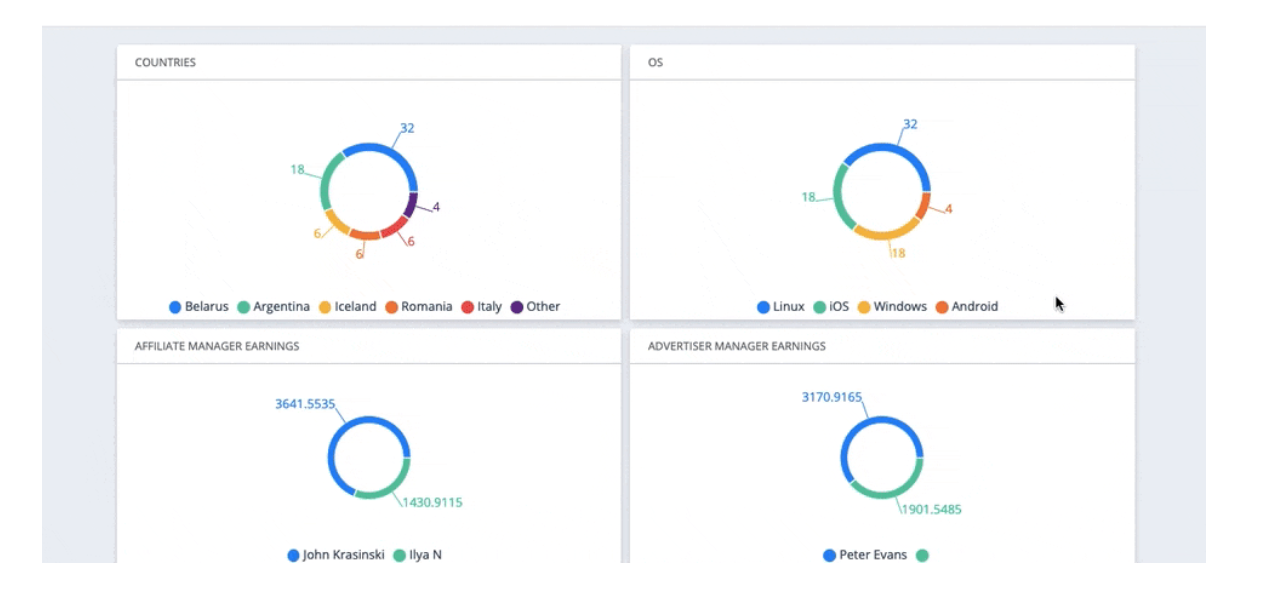
Say thank you
Thank referrers for their help, as well as delivering their promised reward.
Follow up on your referrals quickly
Once you’ve landed a lead, take advantage of this opportunity swiftly. Don’t allow referrals to sit in your systems or you might fail to turn them into customers. It’s entirely possible that your customer not only referred this individual to your company but to other companies, too. The sooner you make a good impression on your best referrals, the better.
Improve your referral program
There’s no one tried and tested formula for creating the perfect customer referral program. Yours will be unique to your company and its aims, and is likely to differ significantly from your competitors’ programs.
Take the time to assess what’s working and what’s not with referral tracking and by testing your program regularly. Send out customer surveys and notifications to find out what they think of your program and apply that feedback.
Now we’ve looked at how to create your own referral program. Let’s move on to examine how you can put your referral campaigns into action.
Potential Referral Marketing Sources
Referral sources can come from within or from outside your organization:
Employees
Employees combine an in-depth knowledge of your company with their love of their job. This makes them the ideal advocates for your business, whether they work in HR, marketing, or sales.
Family and friends
As part of your employees’ networks, these contacts will still be very familiar with your company, and could even also be part of the company itself if we’re talking about a small business.
Business partners
Charities, retailers, suppliers, or other companies affiliated with your organization, these referees can not only play a part in advocacy, but also influence purchasing decisions.
Influencers
Influencers can be some of the most professional of your brand advocates, and have the ability to extend your reach to a broader yet targeted audience. They represent a kind of affiliate marketing strategy and they’re great for word-of-mouth-marketing.
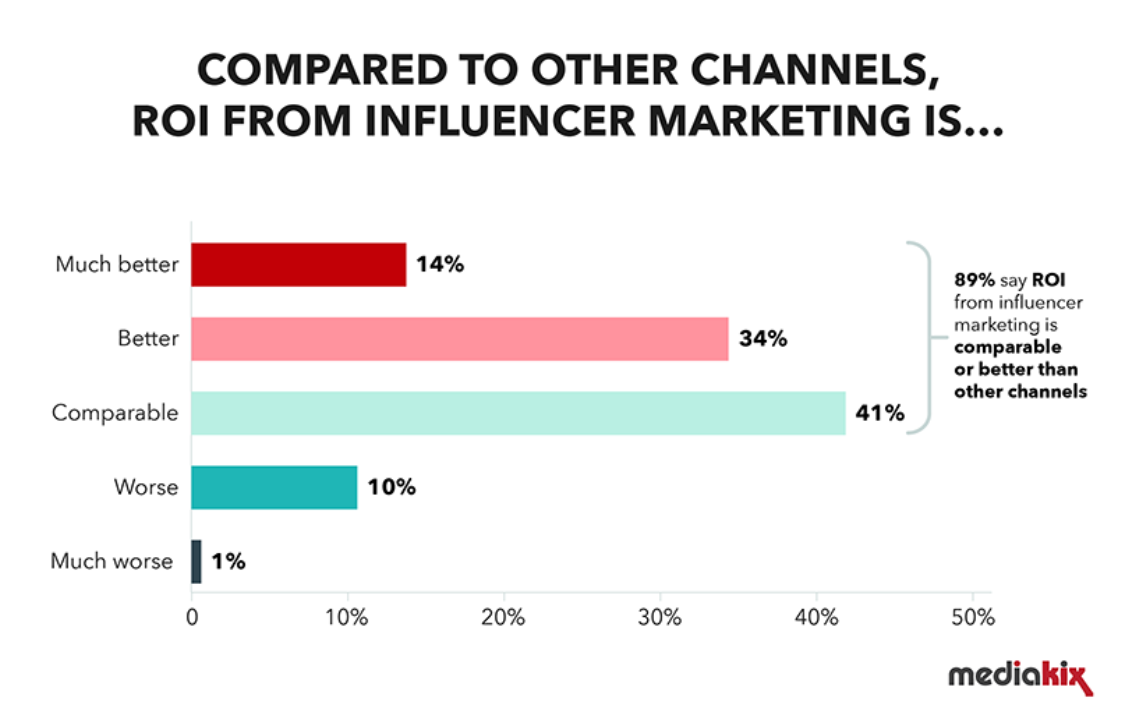
Prospects and customers
These are perhaps the most important types of advocates for your company since they’re separate from your company and act as individuals. This makes them the most authentic and influential.
Important Things to Note When Creating a Referral Marketing System
Ensure everyone gets something out of it
You need to treat your referral rewards program just as you would any other business relationship. There needs to be alignment on why anyone, be it a supplier or customer, would be inclined to refer you.
User-friendly
If your referral program is to be successful, your referral system must be easy to use, so contacts can quickly and easily refer others. Both referrers and referees must be able to clearly see the benefits of being part of your program, too.
Engagement metrics first
Understanding your customer retention figures and net promoter score before you commence with a referral program is essential.
The success of your referral marketing depends on the extent to which your customers are satisfied, along with their willingness to take part and be advocates for your brand. If you’re lacking a high level of trust, your referral program won’t get off the ground.
Lay the foundations for successful referral rates by focusing on securing five star reviews from your customers and use your marketing platform to help you identify your most highly engaged contenders for the program.
Leverage customer reactions
A big contributing factor when it comes to referrals is knowing when’s the right time to act. When does a customer experience that “emotional trigger” in terms of realizing the benefit they get from your product or service?
Whether it takes 30 days or a year to happen, you need to organize your program around this moment. Wait until customers are fully invested in your brand before asking them to join the program.
Genuine relationships
Your partners, networks, and customers offer you a cost-effective and genuine way to market your business. When you’re getting started with your referral program don’t get too caught up in your marketing tactics, processes, and incentives. Put the focus on creating strong relationships and delivering five star service. Making your customers’ lives easier is the best way to create advocates.
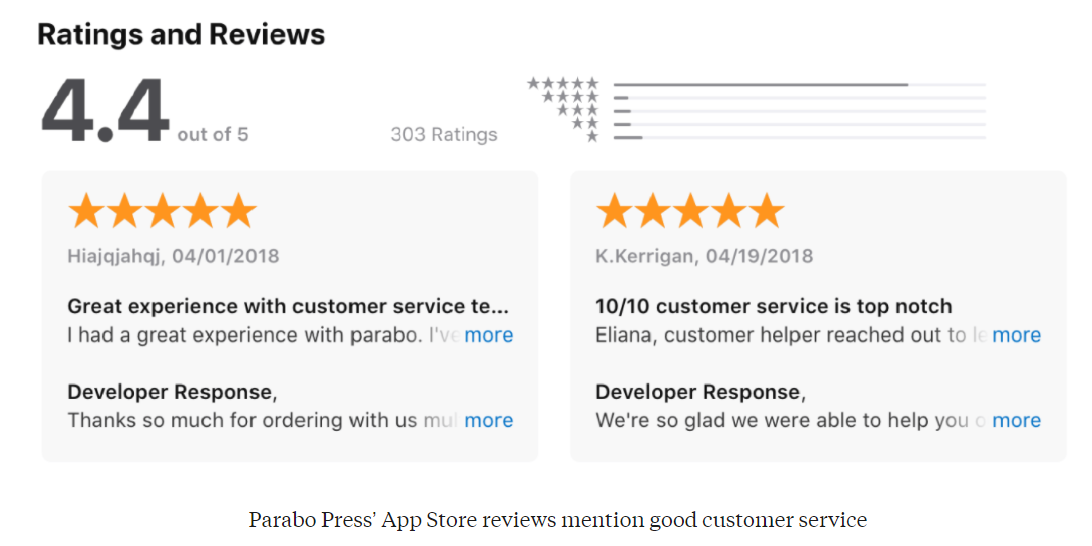
Image source
Don’t force it
Referral programs should bring both sides of the partnership benefits. You shouldn’t see your clients and customers as doing you a favor. Your referees should feel as if they’re helping out their friends and colleagues.
Rather than offer cash incentives, give them tools, such as free booklets that include insights and tips they can share, and maybe include free samples or links to trial periods within it. Don’t make it seem like clinical referral marketing.
“What’s in it for me” mentality
Having a “what’s in it for me” mentality (WIFM) will entice people and businesses to partner with you. This doesn’t necessarily have to be a financial benefit, but can be in the form of simply providing a solution to a pain point.
Whatever you decide in terms of incentive, you must be providing direct benefits otherwise there’s no reason to deliver you any leads.
Customer service
Before instigating a referral marketing program you need to ensure your customer service is impeccable. Referrals are personal and people will only refer you if they’re 100% confident you won’t let them down.
Close the loop
Make it clear about what exactly you’re looking for in terms of referrals and how you want your customers to go about things. Just as you thank customers when they’ve made a sale, often via your POS system, always close the loop by thanking your referral source.
Make brand values clear
Develop clear vetting and onboarding processes for referral partners and ensure your partners are consistent with your brand and values. Make it easy for them to get started and easy for you to manage their referrals, otherwise the burden will exceed the rewards for both sides.
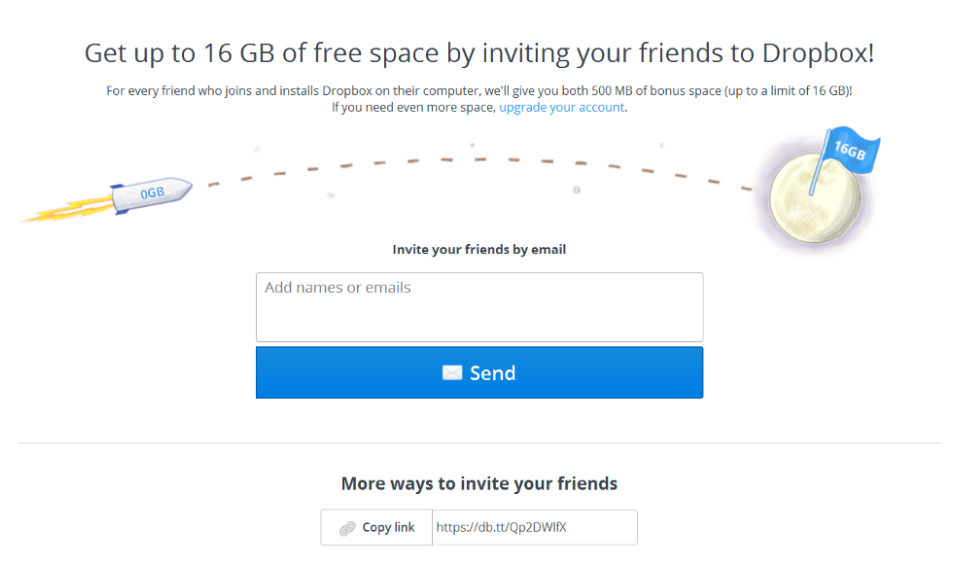
Image source
Work together with sales teams
Many companies’ referral programs involve price discounts for referred customers. which may make sense tactically, but provides no real motivation to the client or customer who’s passed on that contact. Marketing and sales need to develop a referral program that incentivizes customer goals, such as speaking or PR opportunities, for example.
Help partners who help you in return
Create value by partnering with contacts that offer a symbiotic relationship. This is a win-win situation whereby referrals can be exchanged for complimentary services or products.
Make it simple
Two main things will dictate the success or failure of your program: Profits and simplicity. Profits will see your company grow, while the simplicity of your program will determine your conversion rates. The simpler you program, the better the experience of your customers and the more profitable the final output.
Offer worthwhile incentives
Worthwhile incentives will motivate individuals to participate. Make things straightforward and easy to understand to boost motivation further.
Consider offering lifetime residuals
It’s often the case that companies fail to offer sufficient residual rewards. Companies often profit over the longer term from each lead they receive. To incentivize customers to send business your way, offer them a lifetime residual reward on each referral.
Conclusion
If you’re a SaaS startup just testing the referral marketing waters, the above tips can help you on your way. If you’re unsure about the strength of your customers’ loyalty check out your net promoter score (NPS). This should give you an idea of how willing your customer base may be to take up your offer to join your program.
If you have a solid base of happy customers and you’re ready to get started, that’s great. Referral marketing campaigns are some of the most effective ways to acquire new business.
Investing in referral marketing software will help you set up and manage your referral marketing program. In order to grow your program at scale, make sure your selected software enables fast automatic data transfer, enabling you to partner with advertisers and connect seamlessly to your offer sources.
Written by
Richard Conn is the Senior Director for Demand Generation at 8x8, a leading communication platform with integrated contact center, voice, video, and chat functionality. Richard is an analytical & results-driven digital marketing leader with a track record of achieving major ROI improvements in fast-paced, competitive B2B environments.



















